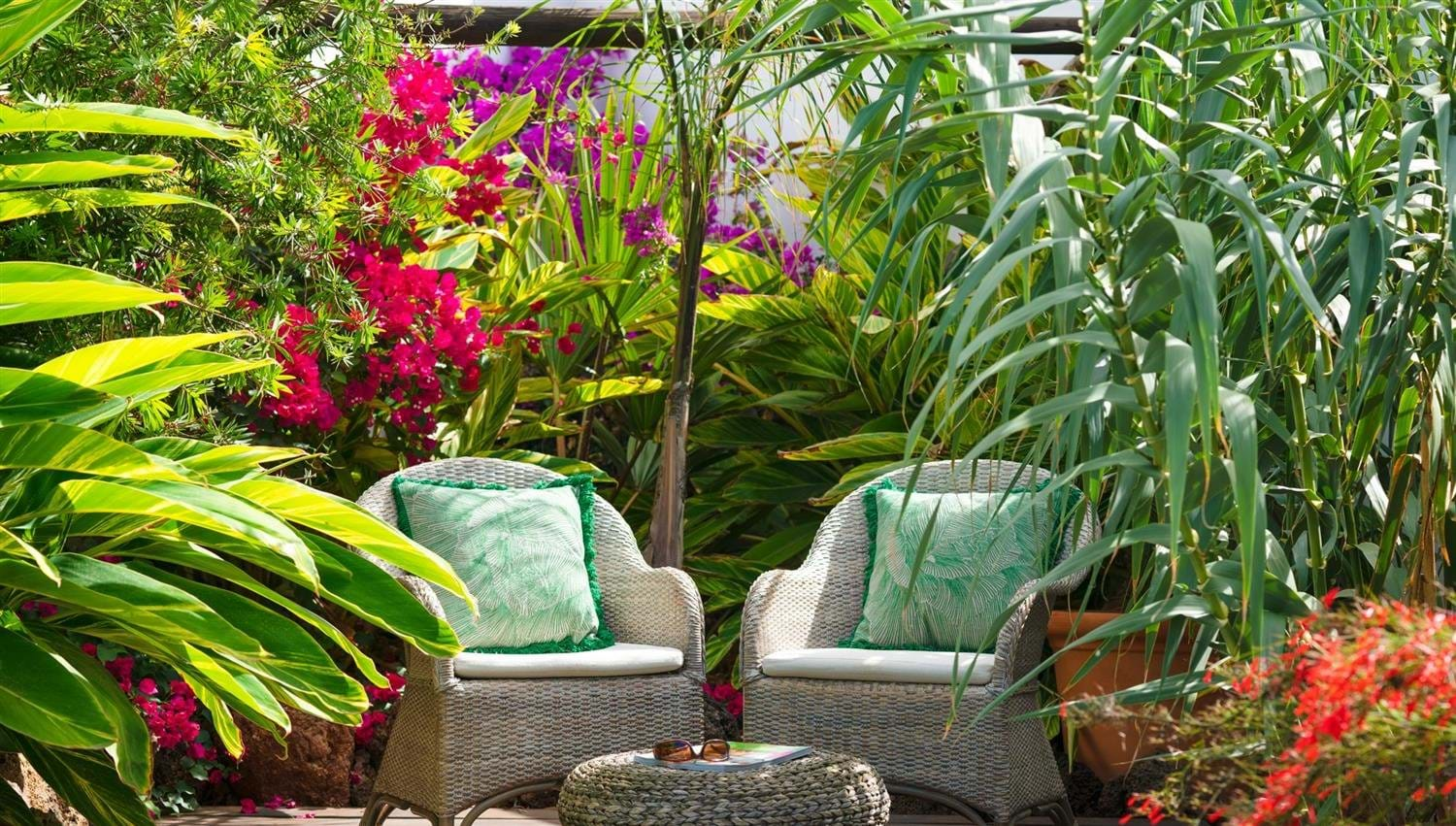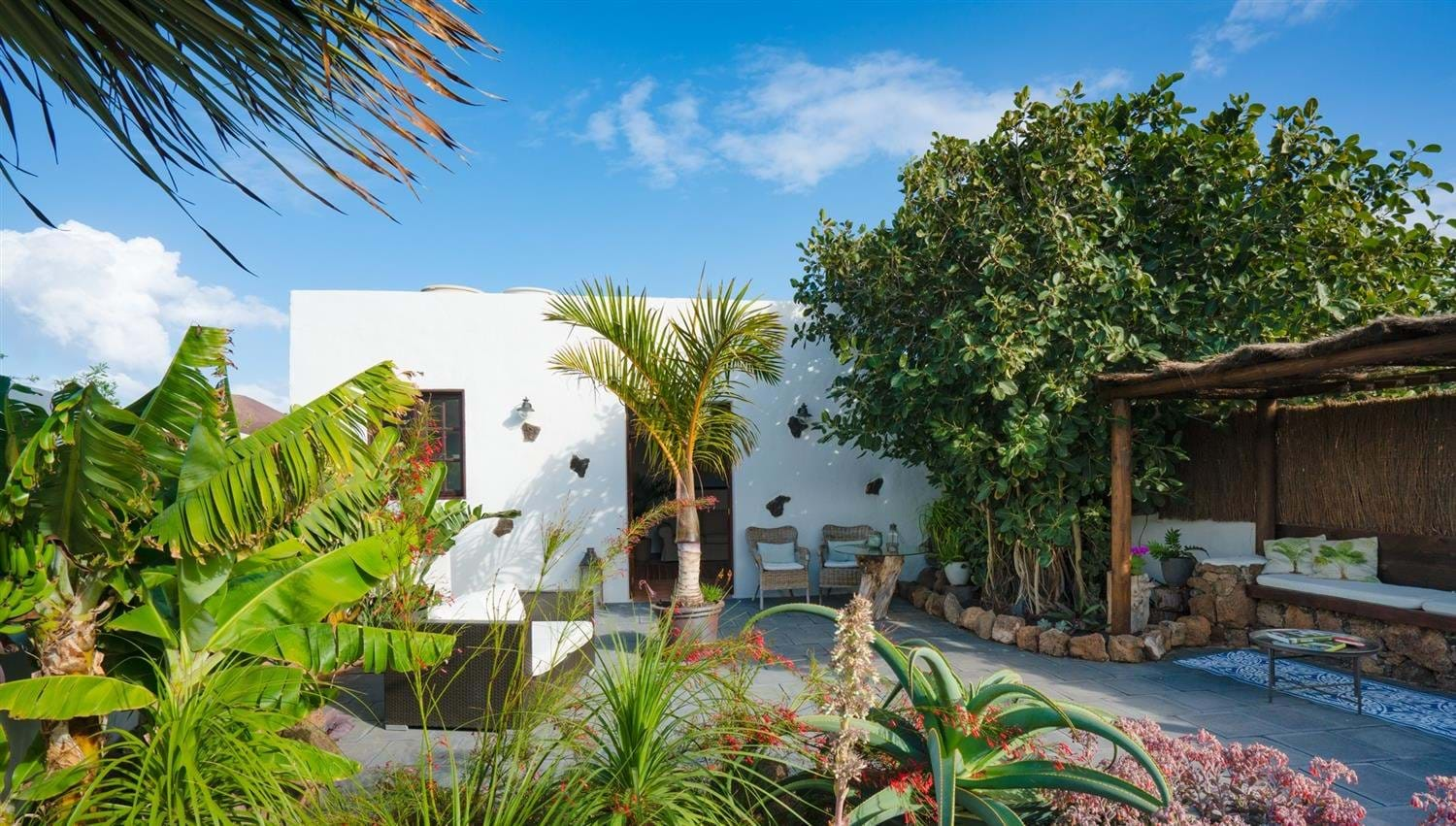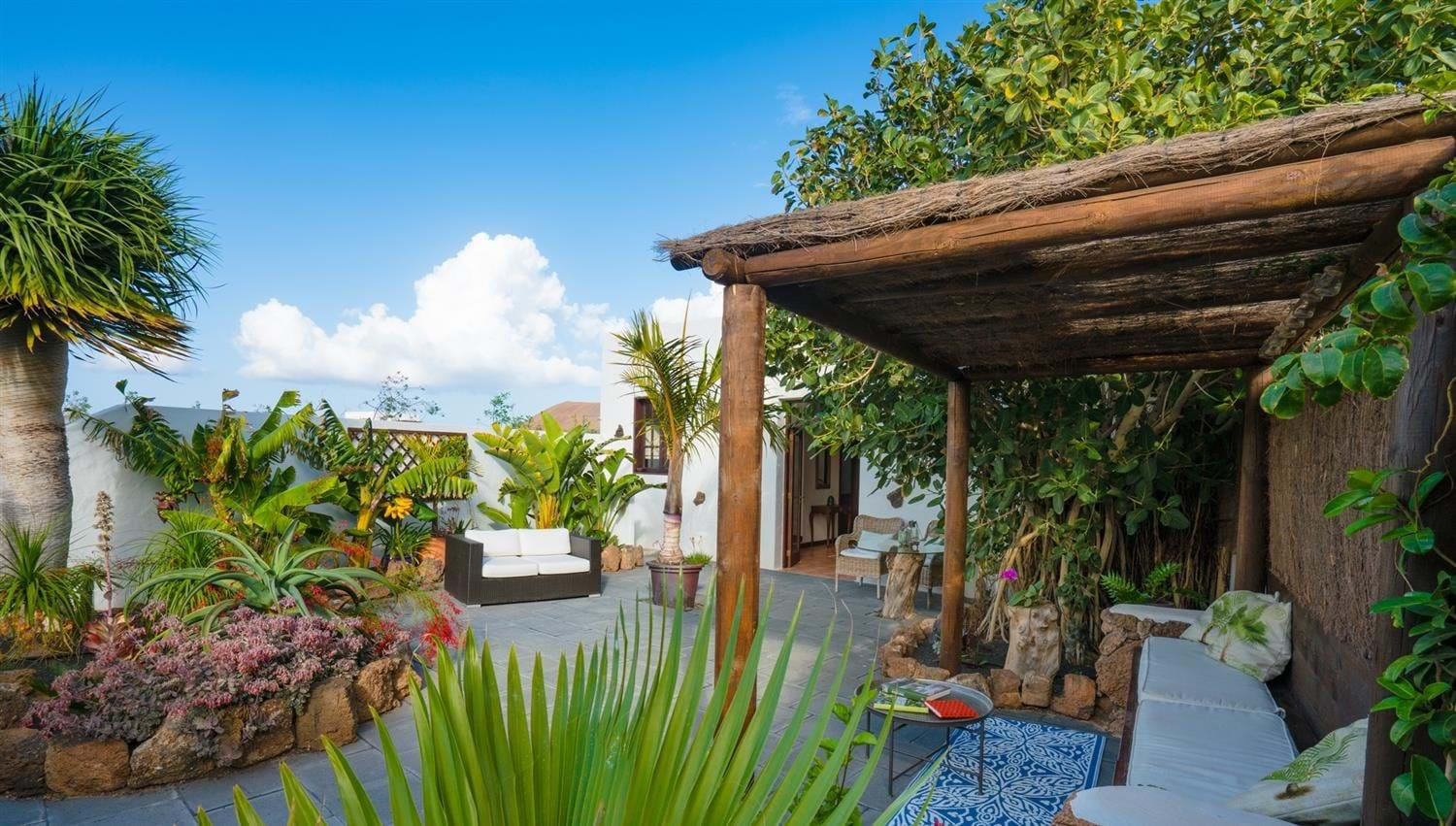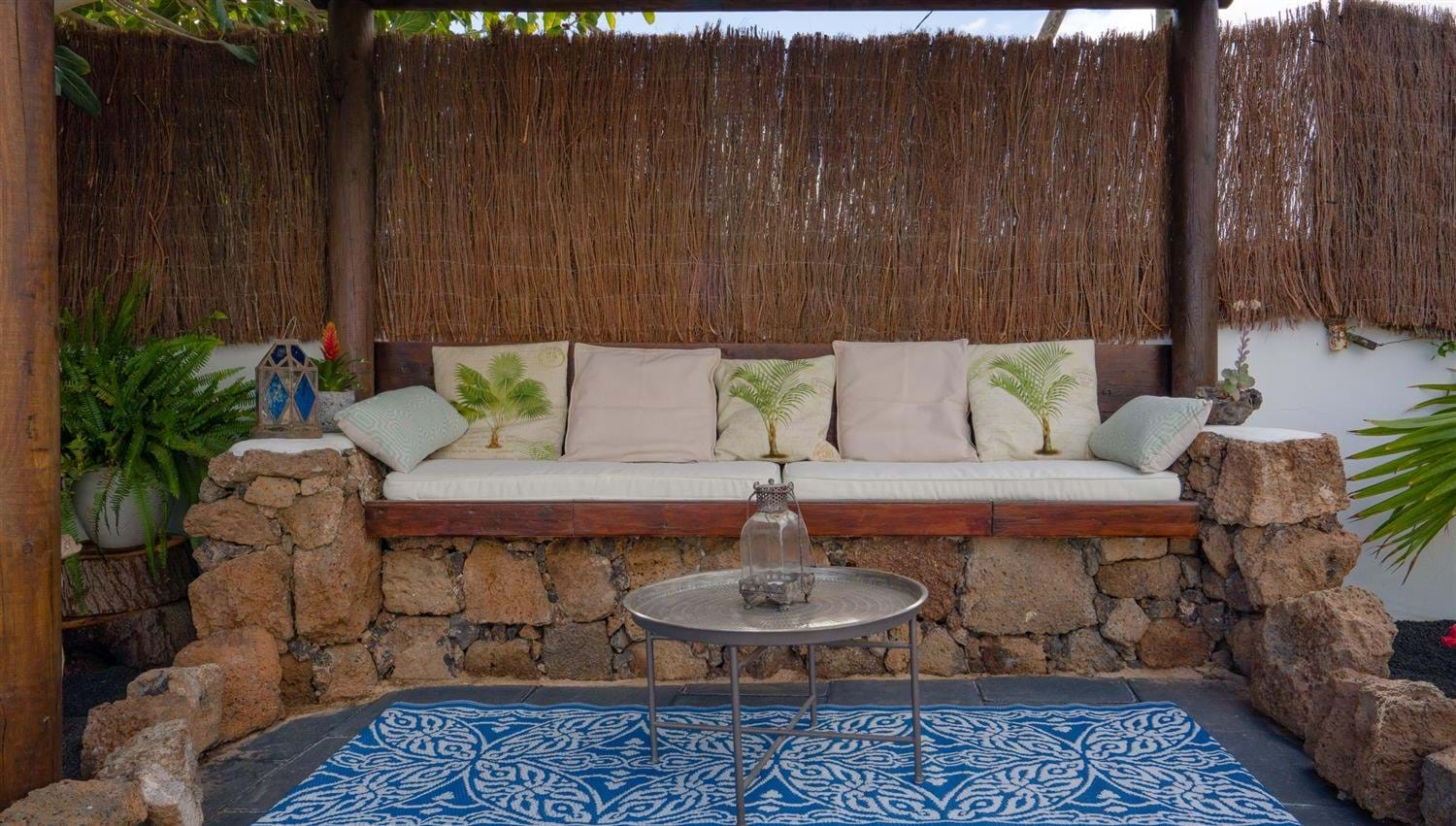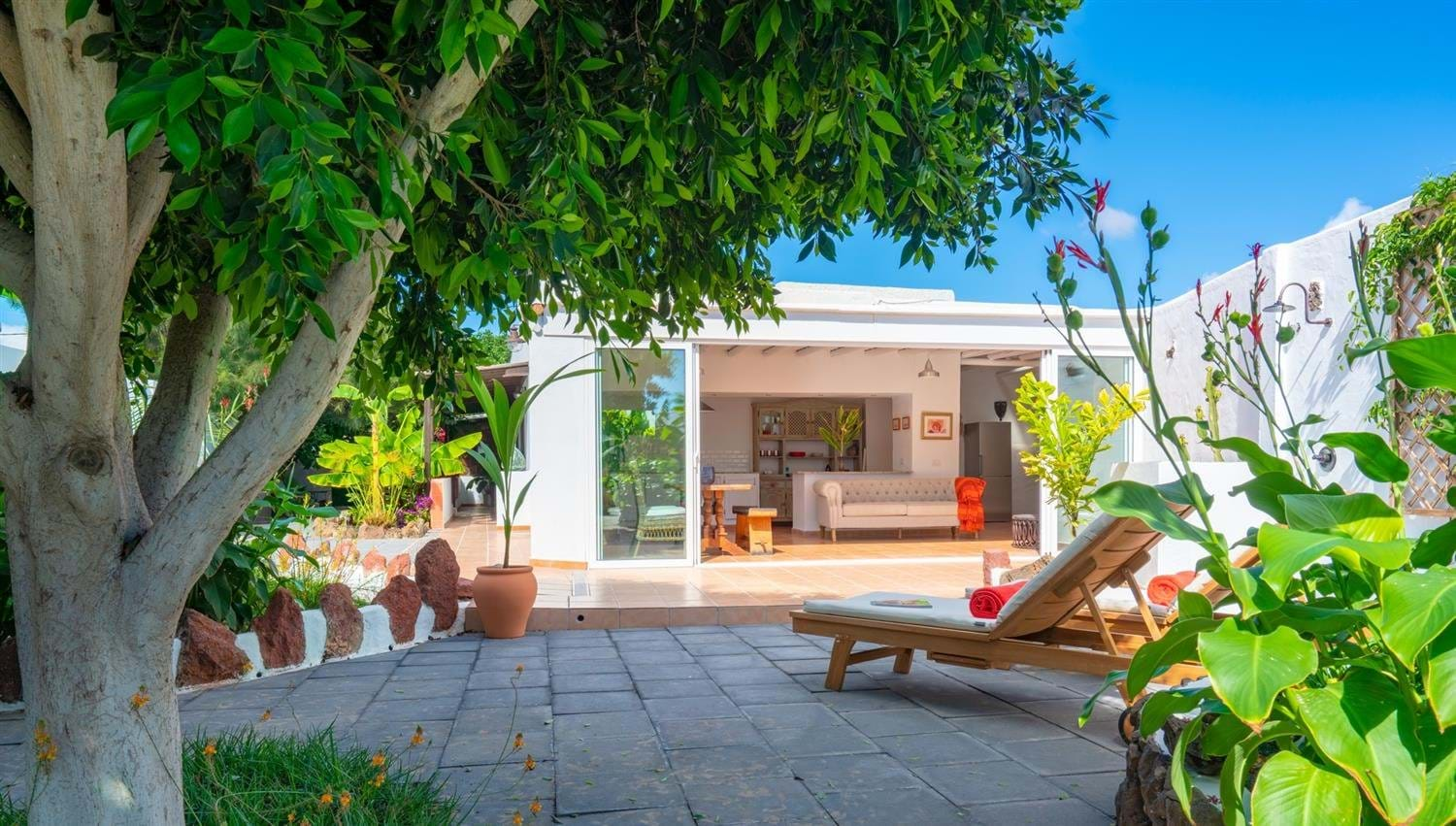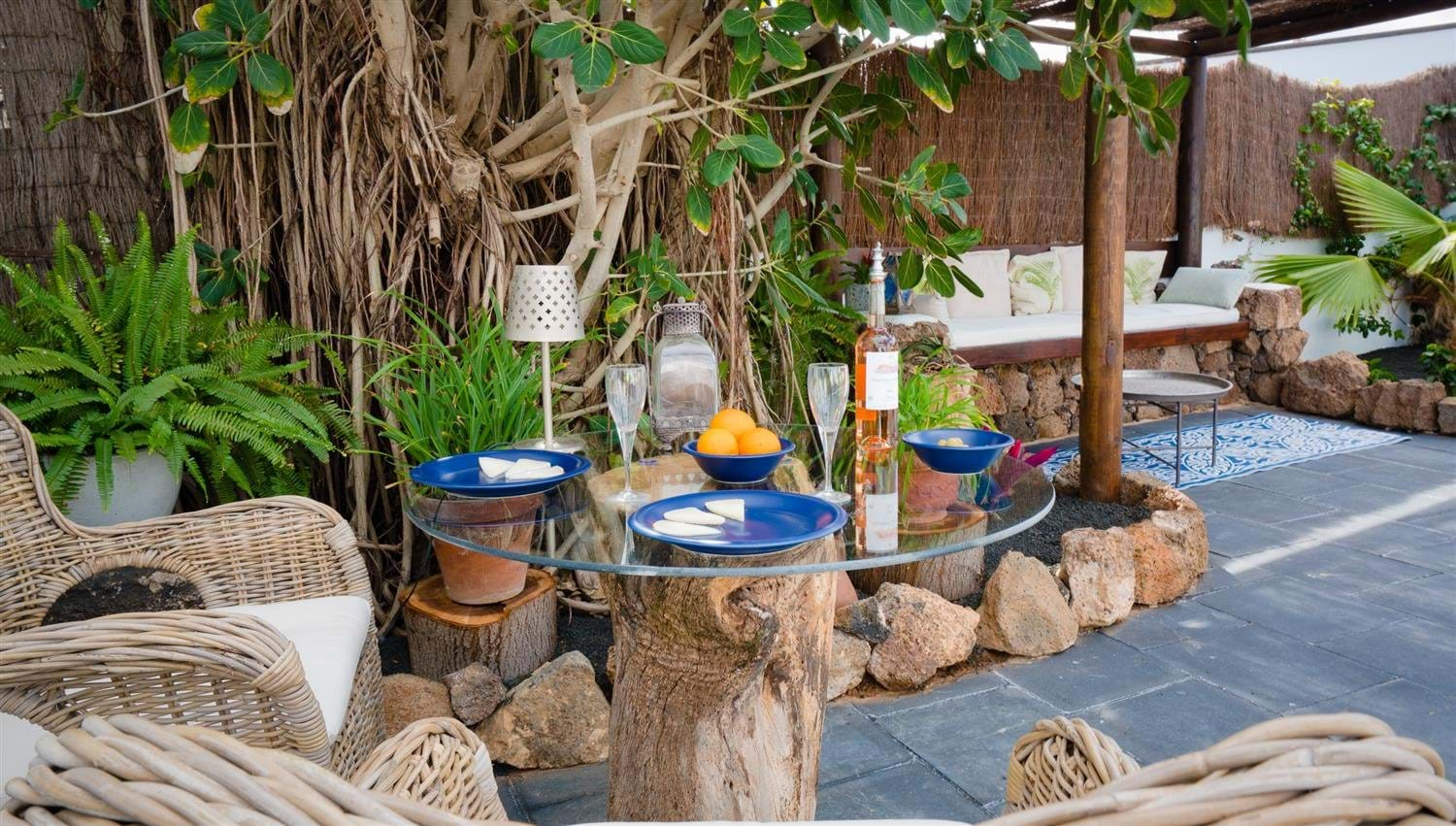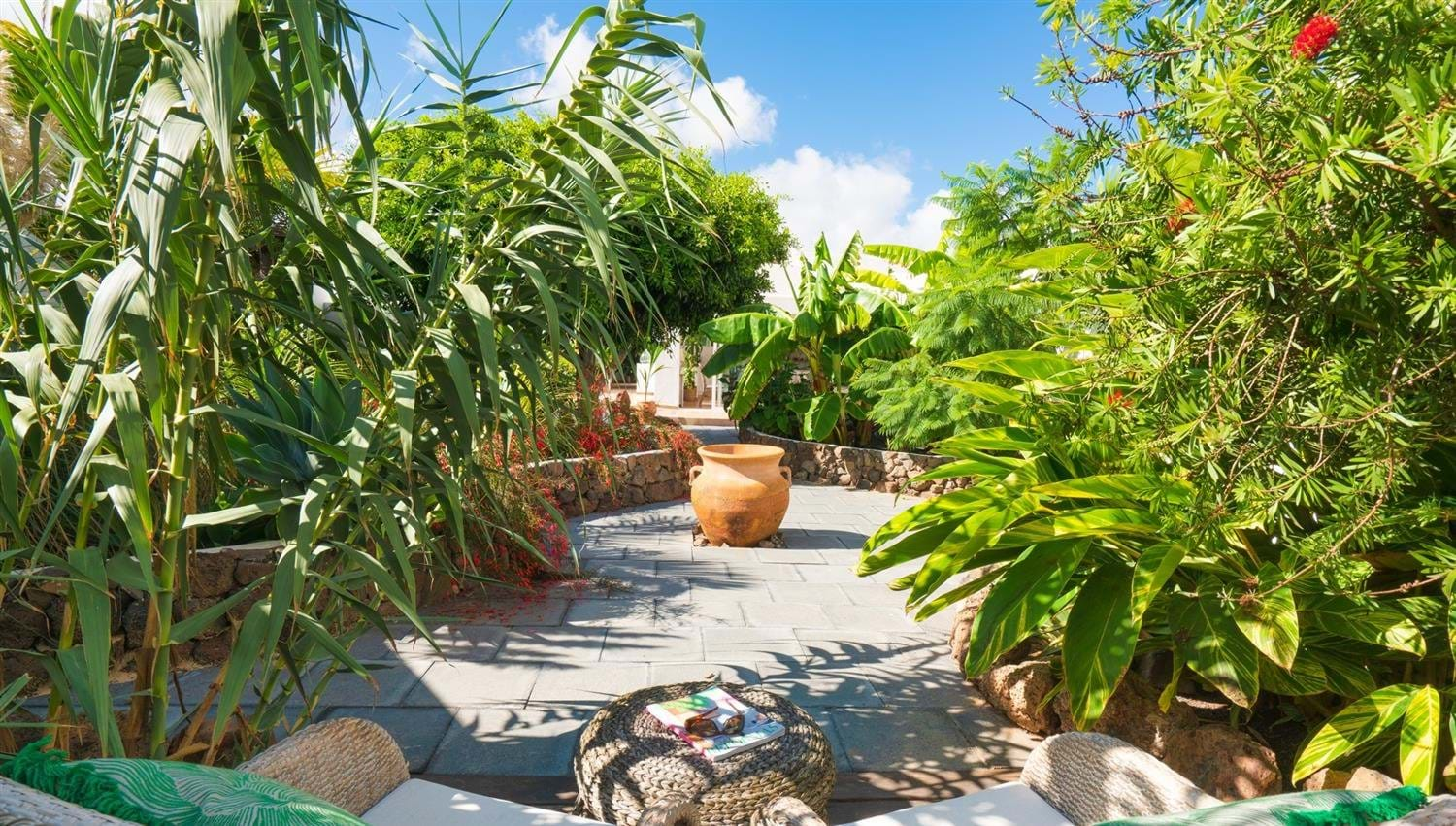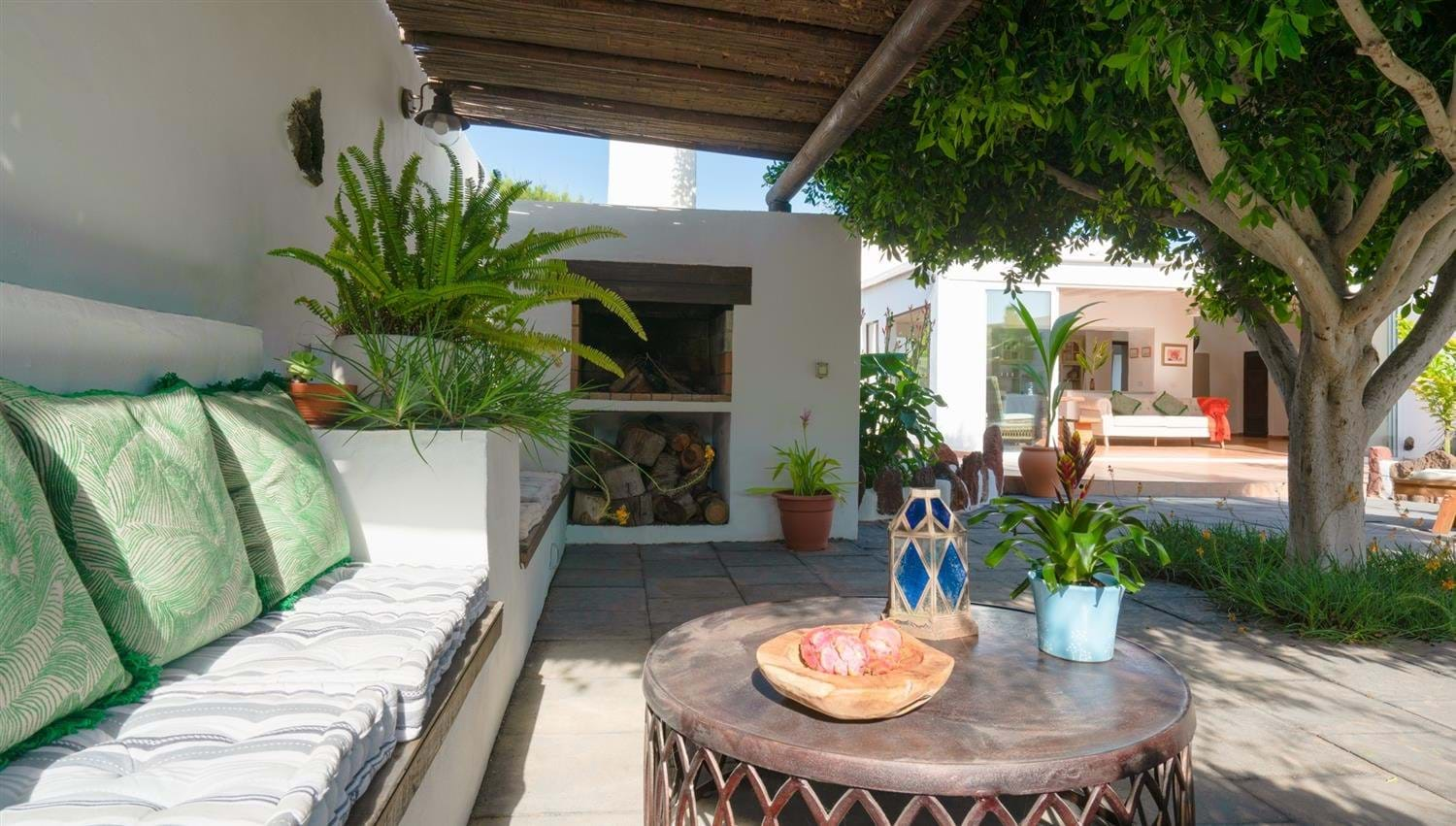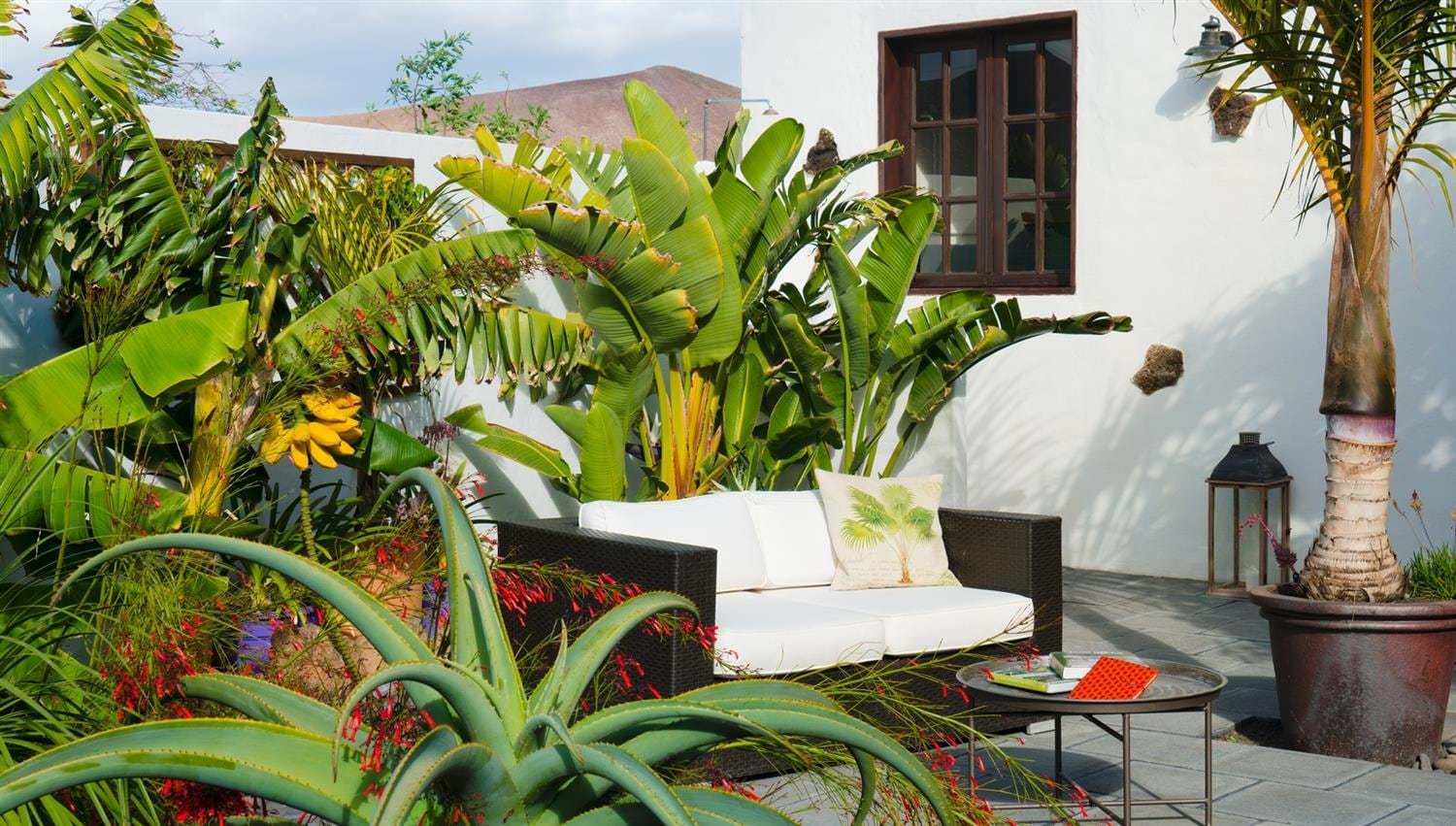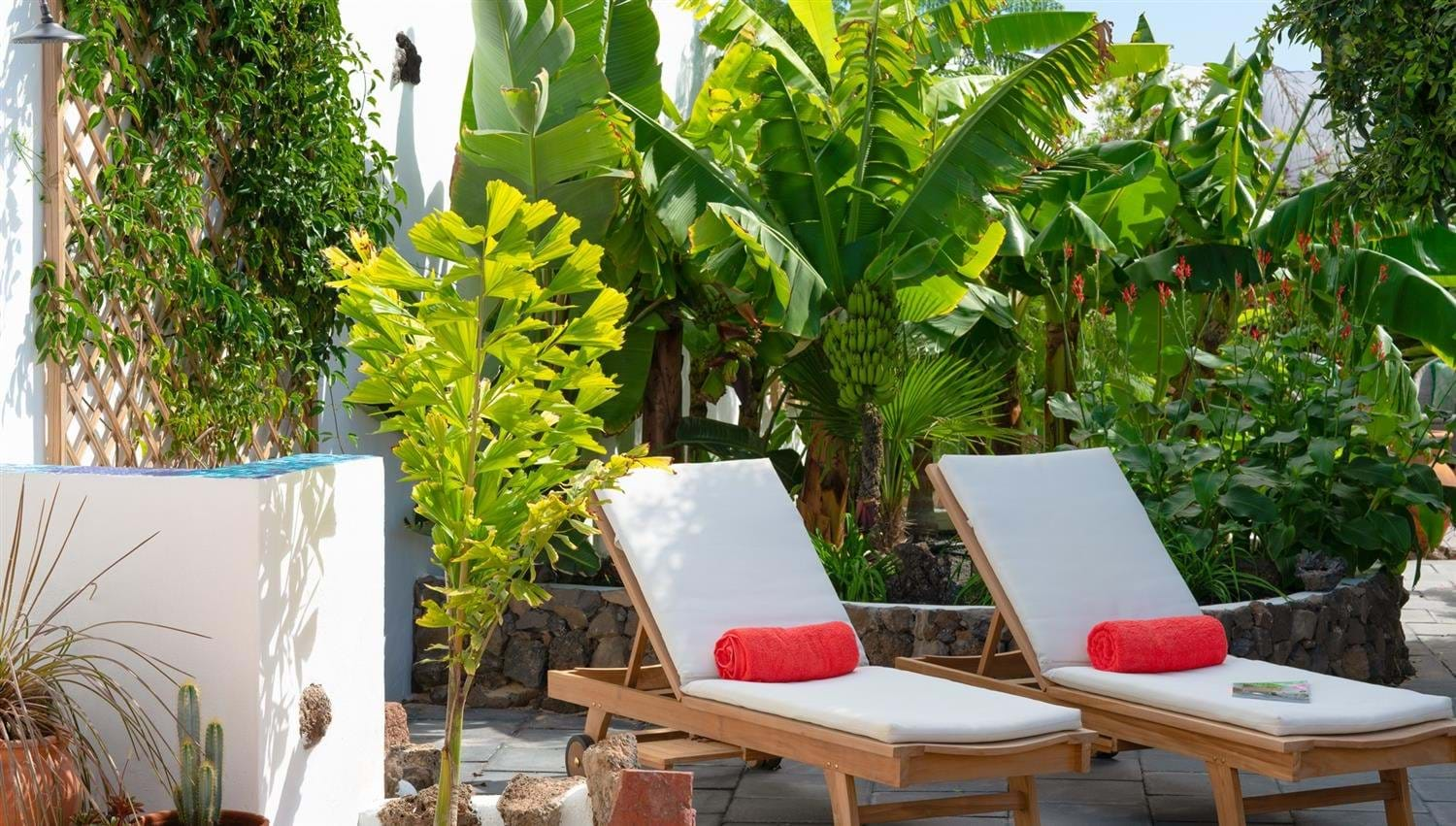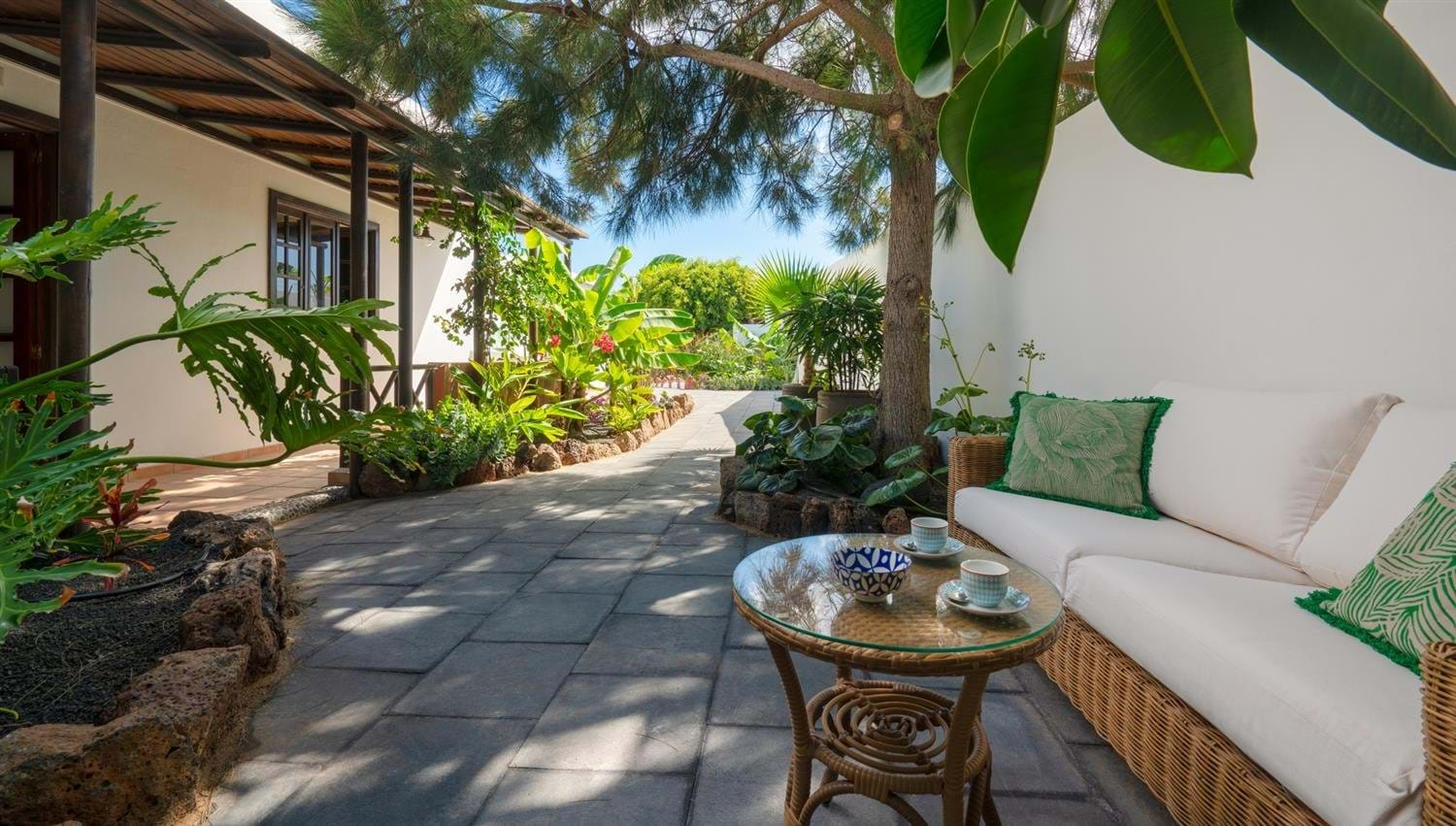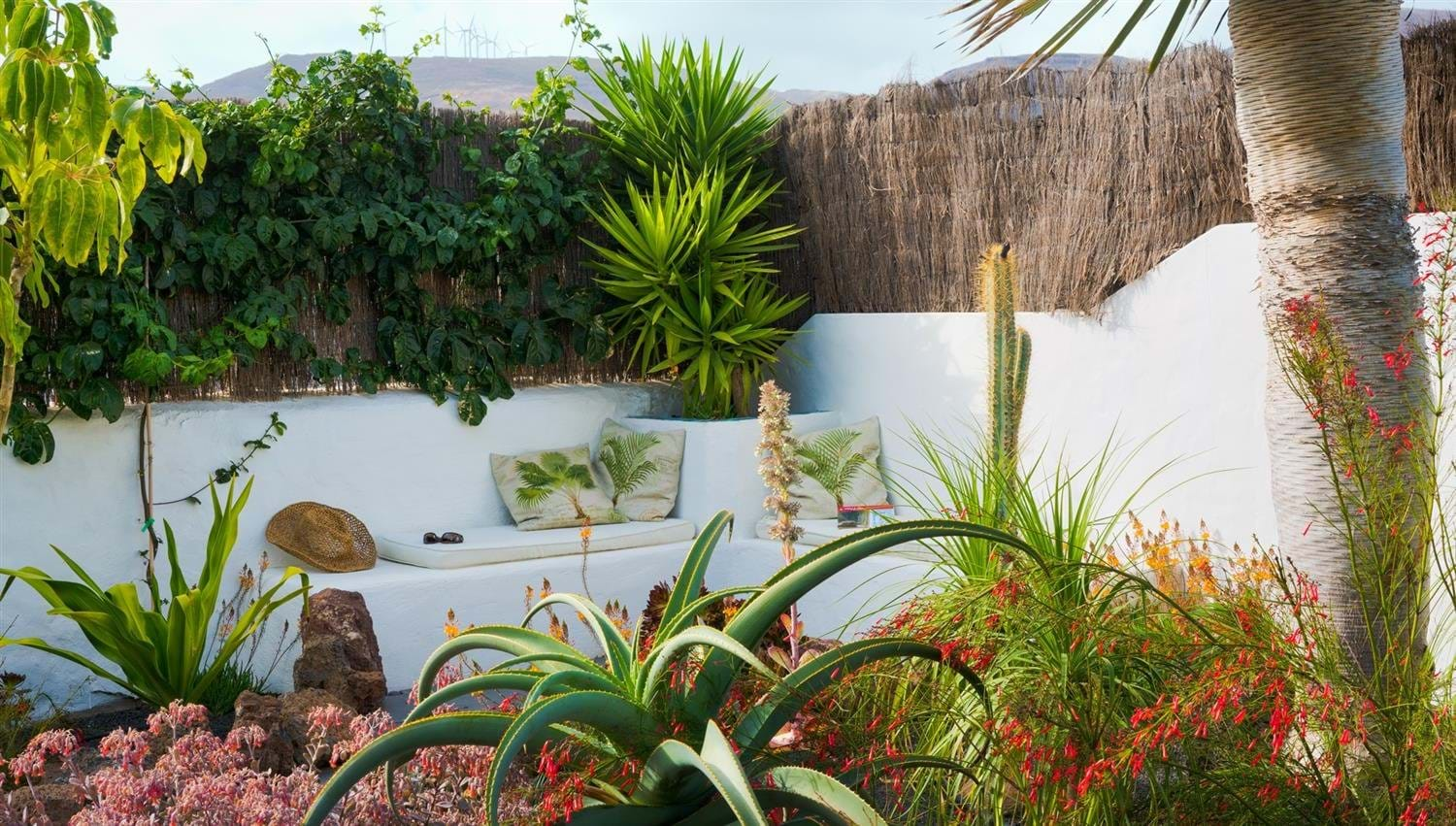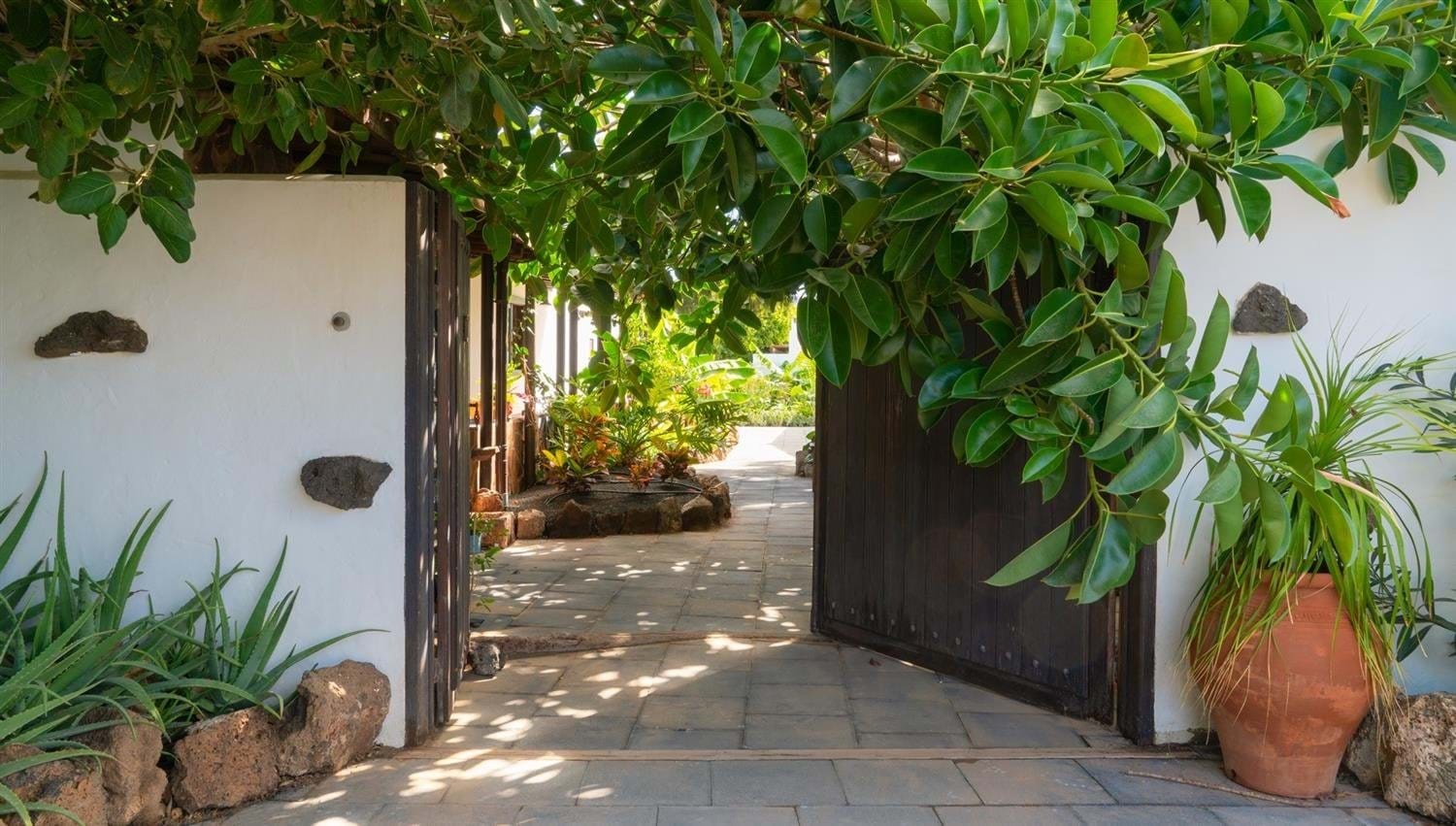CÉSAR MANRIQUE – Lanzarote Visionary
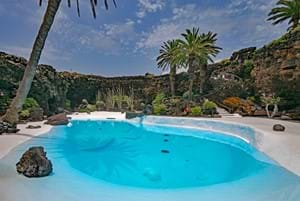
Visitors to Lanzarote find the influence of Cesar Manrique inescapable. As the inspirational artist’s name adorns pretty much everything - from the airport, to the giant sculptures sitting on roundabouts and all the island’s leading tourist attractions, as well as much else besides.
His influence and legacy even extends to the invisible – as thanks to him there are no high rise buildings or advertising hoardings blighting the landscape, in marked contrast to other Spanish sun spots which have suffered from the extremes of over development.
Way before it was fashionable or even part of the zeitgeist Manrique was a proto environmentalist.
As tourism started to take off in Spain during the 1960’s and 70’s he lobbied local government for an alternative approach – eschewing high rise hotels and golf courses in favour of a fusion between art and nature that would ultimately help to conserve Lanzarote’s raw, natural beauty.
Did he succeed? Away from Lanzarote’s three main tourist resorts it is still easy to tap into an authentic island experience. Traditional, white-washed villages (such as Guatiza – where Finca Botanico is located) are scattered amongst fields of black, picon covered fields. Time still moves slowly. Nature is still winning. And whilst tourist numbers continue to rise it is still possible to find peace and tranquility and connect with the real Lanzarote.
César Manrique - Early Years
César Manrique was born on April 24, 1919, in Arrecife – Lanzarote’s capital city.
Growing up as part of an artistic family, he showed enormous talent from a very young age. His family owned a holiday home in Famara and every summer they would up sticks from Arrecife and decamp here. Where the young Cesar would become fascinated by the reflection of the imposing Famara massif in the ebbing tidal waters on the beach.
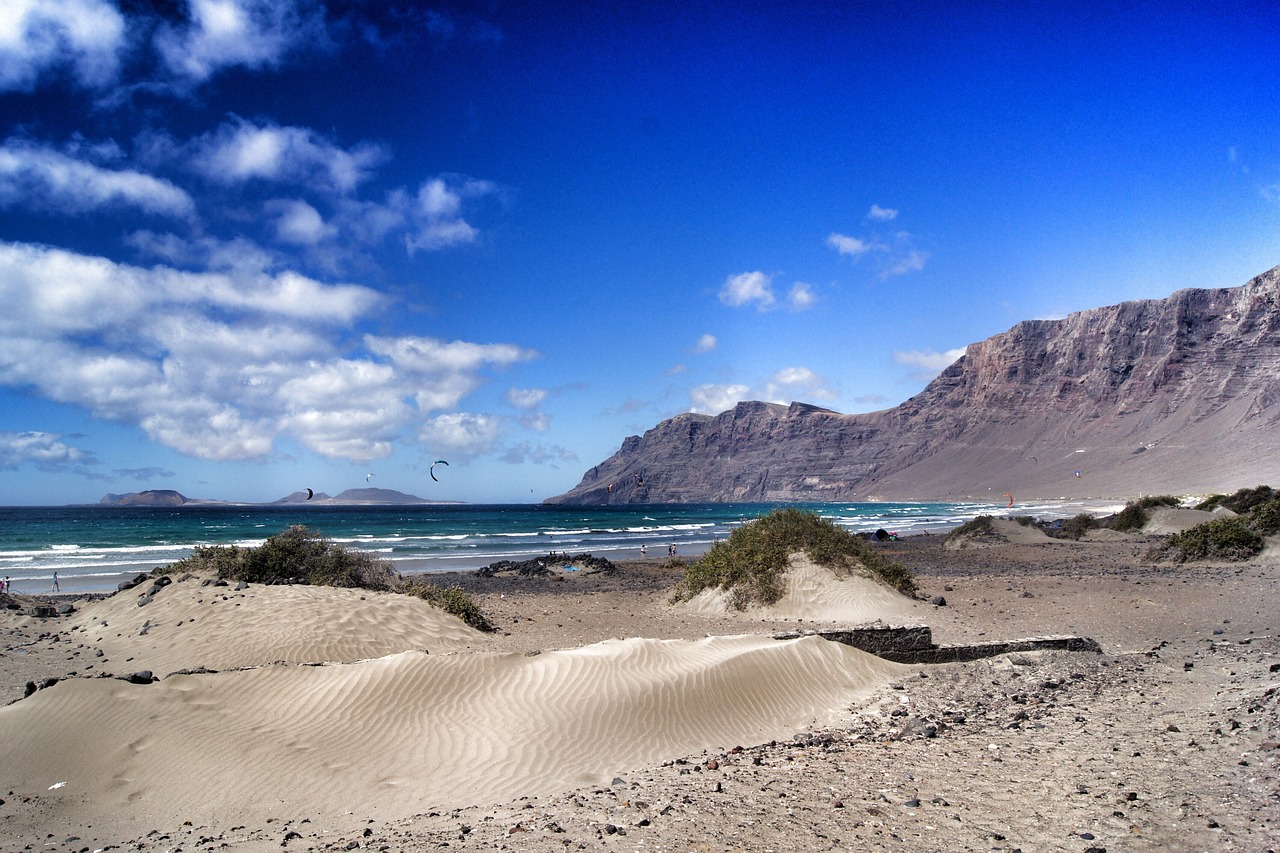
Such was his promise that after completing his schooling, he left Lanzarote to study at the Fine Arts School in Madrid, where he was exposed to various artistic movements, including Surrealism and Abstract Expressionism. His experiences in the vibrant Madrid art scene shaped his artistic style and vision. But all was soon to be shattered by the outbreak of the Spanish Civil War in July 1936.
Manrique served as a soldier under Franco, an experience that deeply affected him. The war's devastation fuelled his desire to create art that could uplift and inspire. After the war, he returned to Lanzarote, where the island’s unique volcanic landscapes and culture would become a significant source of inspiration for his work.
Many of his paintings, for example, reflect the colours and textures of Lanzarote’s volcanic region, which covers around one quarter of the island’s landmass. Whilst some of his best known creations – such as his home in Tahiche (now the Cesar Manrique Foundation) – and the majestic Jameos del Agua – are built into lava bubbles and tunnels.
Artistic Philosophy and Influences
Manrique’s artistic philosophy was deeply intertwined with his commitment to environmentalism and cultural preservation. He believed that art should harmonize with nature rather than dominate it. This ethos stemmed from his admiration for Lanzarote’s dramatic landscapes, shaped by volcanic activity, which he viewed as a canvas for artistic expression.
Influenced by the likes of Le Corbusier and the Modernist movement, Manrique incorporated elements of architecture into his artwork. He saw buildings not merely as structures but as extensions of the natural environment. This perspective led him to create spaces that blurred the lines between interior and exterior, where art and nature coexisted harmoniously.
It’s Been A Pleasure!
The Cesar Manrique Foundation’s current exhibition – entitled It’s Been A Pleasure – provides a fascinating insight into his personal life as well as his professional achievements.
Manrique rubbed shoulders with many other creatives and artists and loved to party. Although he didn’t drink or do drugs he was still a highly sociable major player on Lanzarote’s scene and in the 60’s and early 70’s the island was viewed from abroad as the new hip destination for visiting VIP and film stars, such as Rita Heyworth and Peter Sellers, who would all beat a path to his door.
During this period Manrique was working on a whole raft of projects – both here on Lanzarote and on other Canary Islands such as Tenerife. Developing all of the main visitor attractions on the island in tandem with architects such as Jesus Soto.
Key Creations
Jameos del Agua
The Jamoes del Agua is widely regarded as the pinnacle of his artistic ethos and fuses art with nature in perfect symbiosis. A jameos is a lava tunnel and for decades locals had been basically bunging their rubbish into one such example, close to the village of Punta Mujeres.
Here Manrique transformed this jameos into an extraordinary complex which first opened as a nightclub and cultural centre - comprising restaurants, bars, gardens and a concert auditorium. As well as an underground lake inhabited by a unique species of blind albino crab.
The Jameos is on such an epic scale that it has the hushed, awe-inspiring atmosphere of a giant cathedral and is in absolute must-see for anyone visiting Lanzarote.
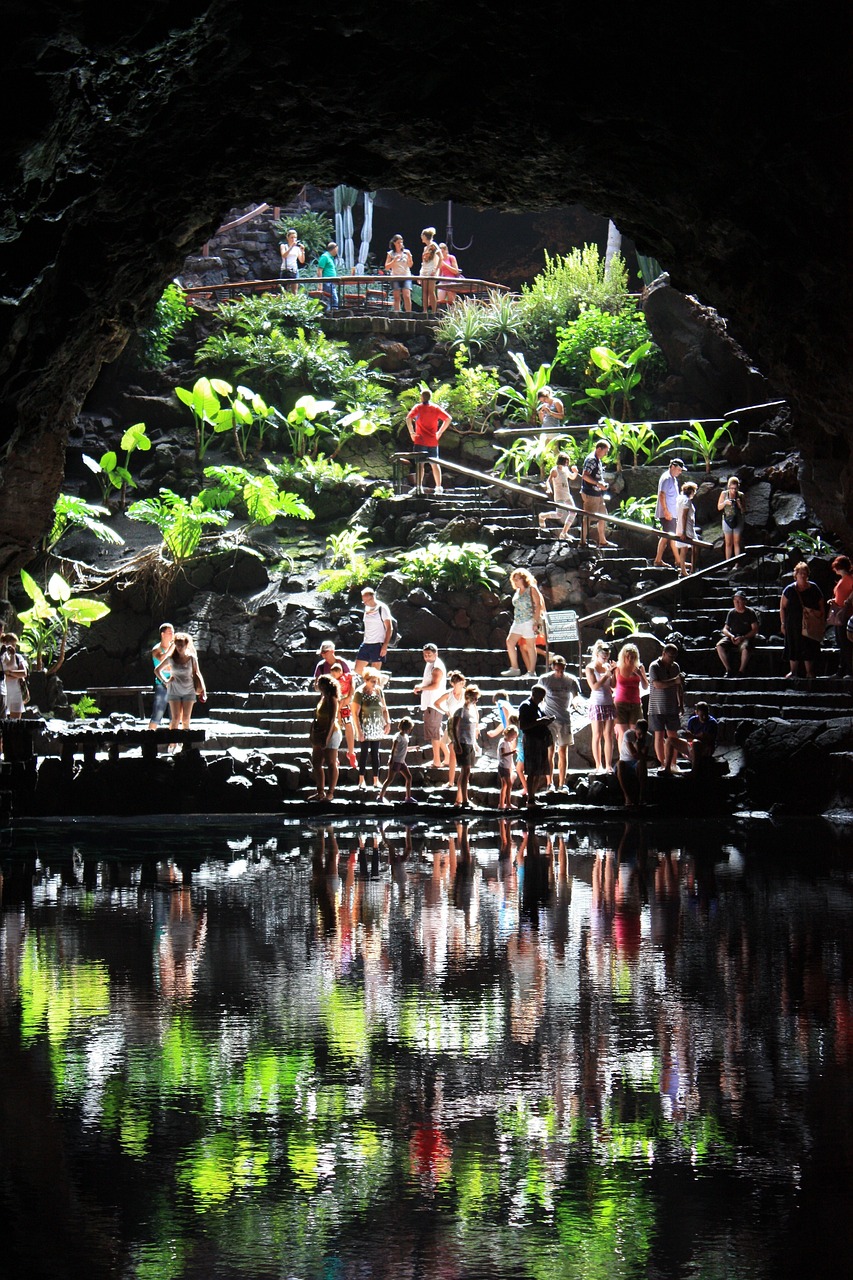
Manrique’s creativity even extended into the realm of marketing – and he developed a logo based identity for each of the visitor attractions he created. Which is why visitors to the Cactus Garden for example are greeted by an enormous giant metal cactus sculpture. Whilst at the Jameos an image of the albino crab is replicated in even the smallest details, such as door handles.
The Cactus Garden
The Cactus Garden in Guatiza was formerly a disused quarry and working in conjunction with eminent botanist Estanislao Gonzales Ferrer, Manrique took full advantage of this natural ampitheatre to display one of the world’s largest collections of cacti. Comprising some 4500 plants drawn from five different continents.
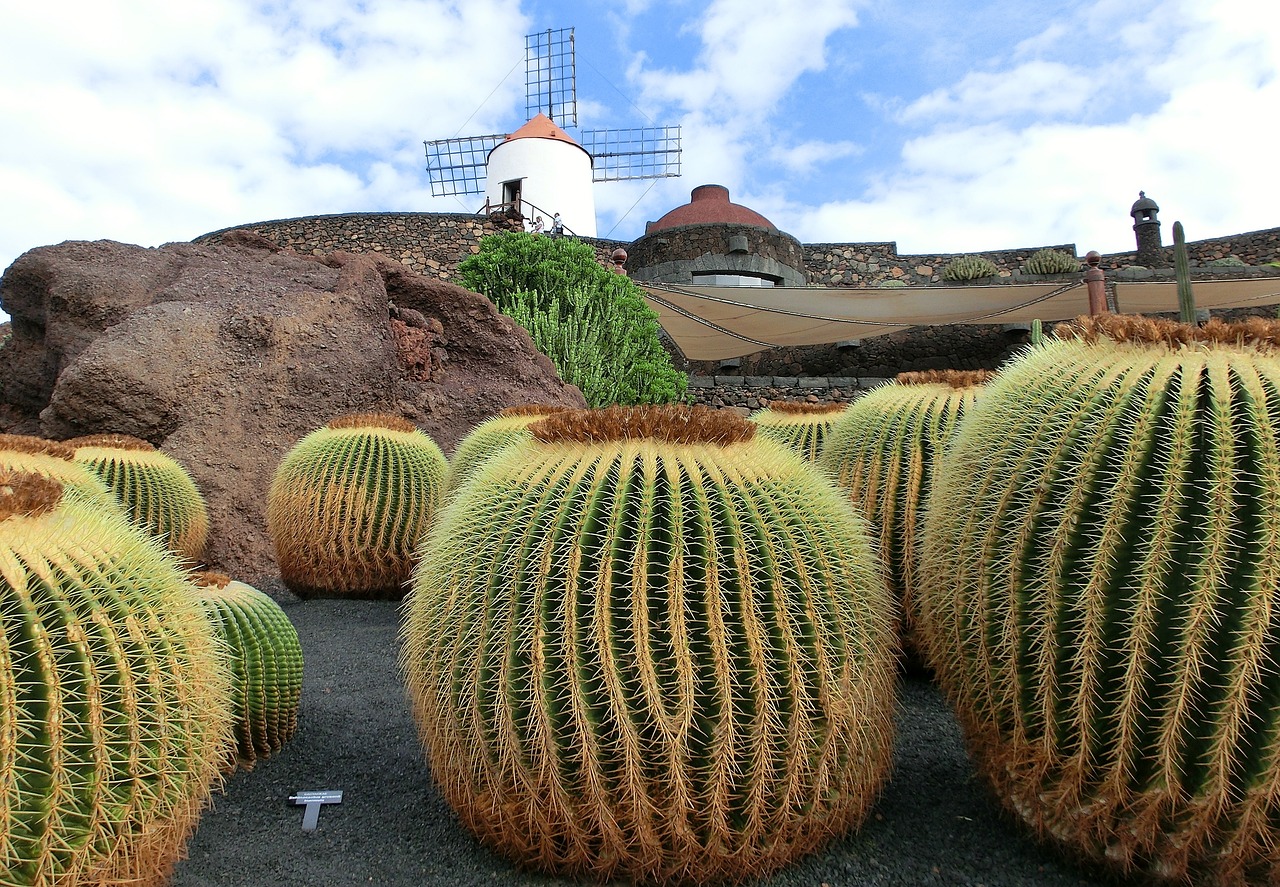
The Cactus Garden is very sensitively located – as Guatiza was once home to Lanzarote’s cochineal industry. Here, campesinos would manufacture natural dyes by processing the cochineal beetle which lives on the tunera cactus – selling the resulting dyestuff for use in the growing textile industries of Northern Europe in the 19th century. However, the evolution of synthetic dyes bought this to end at the turn of the 20th century – although harvesting the beetles remains a cottage industry to this day and fields of tunera are still very visible in Guatiza. Whilst nearby Mala is home to a small Cochineal Musuem.
Monumento al Campesino
Located in San Bartolome, The Monumento al Campesino is Manrique’s tribute to the island’s farming community – who endured volcanic eruptions, harsh climate conditions and poverty. The striking monument is part of a larger house museum complex which is home to an excellent and visually striking restaurant. As well as a tapas bar and numerous craft workshop outlets.
Cueva de los Verdes
Located right opposite the Jameos del Agua and part of the same volcanic cave system, the Cueva de los Verdes is a lava tube that stretches for over six kilometers. Manrique designed a visitor route through the cave, incorporating dramatic lighting and artistic installations that enhance the natural beauty of the space.
The quality of the acoustics here are excellent and as a result the Caves often play host to concerts and other cultural events.
Mirador del Río
A former gun battery emplacement, The Mirador del Río is today an amazing observation point situated on the cliffs of the Risco de Famara, offering breathtaking views of the neighboring island of La Graciosa.
Manrique designed the structure to blend seamlessly with the landscape, using natural materials and an open layout that invites visitors to connect with their surroundings. The site exemplifies Manrique's belief in creating spaces that celebrate the beauty of nature while providing a platform for human interaction. Here visitors can drink in the stunning views whilst enjoying a coffee or a bite to eat in the beautifully designed café area.

Fundación César Manrique
Located in his former home in Tahice and submerged beneath a lava flow the Fundación César Manrique is a stunning architectural achievement as well as a celebration of Manrique’s life and philosophy. It houses a collection of Manrique’s works, as well as a standing exhibition, entitled It’s Been A Pleasure – which provides a fascinating insight into his life on Lanzarote during the 60’s and 70’s.
Manrique The Activist
As the exhibition It’s Been A Pleasure outlines Manrique was a forceful environmental advocate who led many demos and protests against over development on the island.
Very early on, he recognized the potential dangers of unchecked tourism and urbanization on Lanzarote's delicate ecosystem. His activism aimed to promote sustainable development practices that would preserve the island's natural beauty and cultural heritage.
Throughout the 60’s and 70’s Manrique successfully campaigned against the construction of high-rise hotels and commercial developments that threatened Lanzarote's landscape. His efforts contributed to the establishment of the Lanzarote Biosphere Reserve in 1993, which aims to protect the island’s unique flora and fauna while promoting sustainable tourism.
Legacy and Influence
César Manrique passed away in 1992, dying tragically in a car accident. But as any visitor to the island can attest his legacy endures.
His vision of harmonious living with nature has inspired countless artists, architects, and environmentalists. And the island itself remains a living testament to his principles, attracting visitors who appreciate its stunning landscapes and cultural depth. His philosophy of sustainability and respect for the environment continues to resonate, particularly in an age of growing environmental awareness.
César Manrique was more than just an artist; he was a visionary whose life and work were dedicated to the harmonious integration of art, nature, and community. His innovative designs and environmental advocacy transformed Lanzarote into a cultural and ecological treasure.
As we navigate the complexities of modern life and environmental challenges, Manrique’s legacy serves as a powerful reminder of the beauty that can arise from a deep respect for the natural world. His enduring influence continues to inspire new generations to embrace creativity, sustainability, and a profound connection to the environment.
